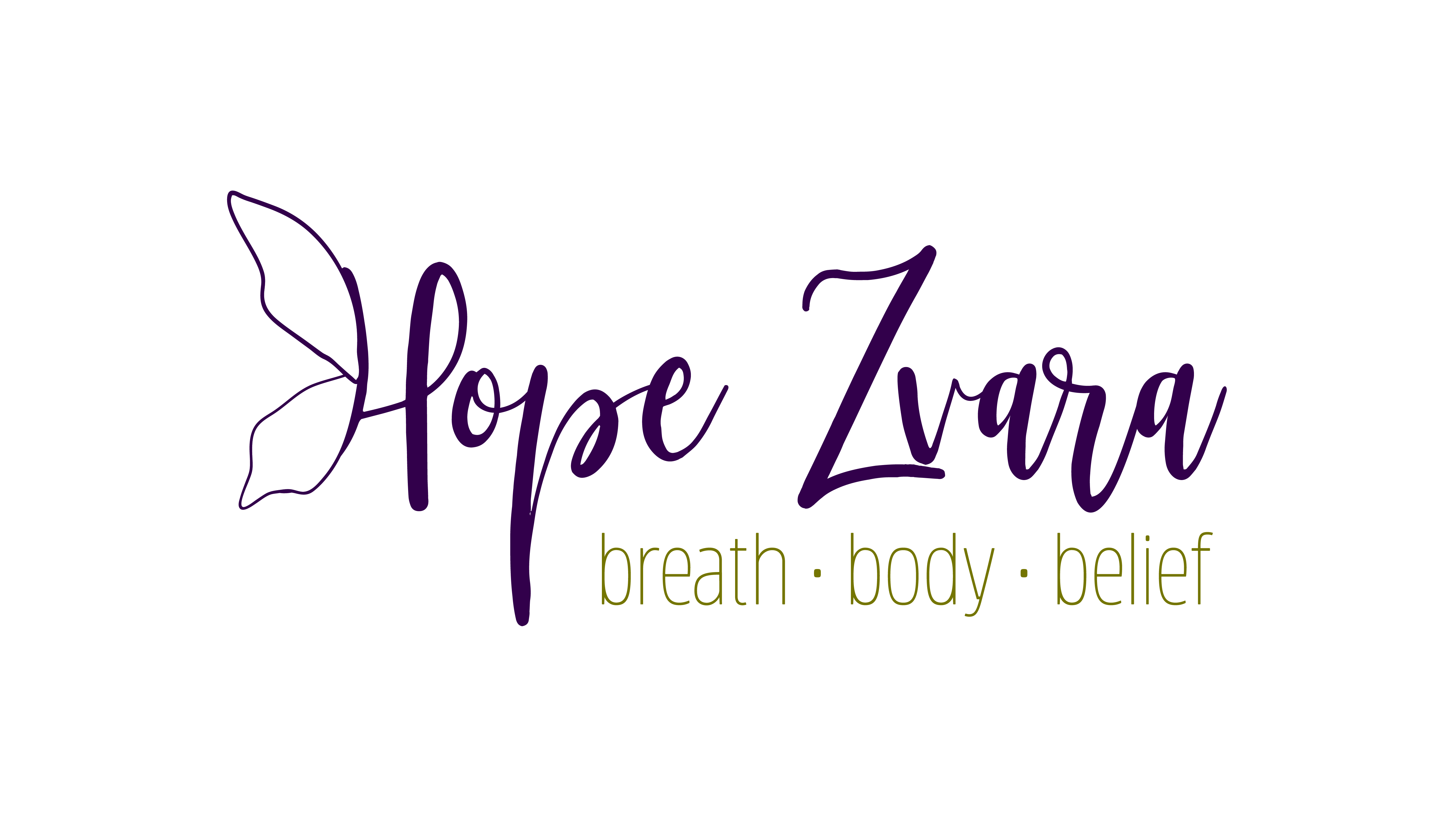When I teach the physical postures I try to give students a blueprint to go off of. And before a student or teacher trainee learns any other postures with me, they first must understand the concept of neutral or Tadasana. In the West, we have an especially warped concept of good posture. Over the last decade of teaching, I have found myself morphing my yoga practice and teaching into a more physically functional approach with a spiritual tradition wrapped in.
We as yogis are well-versed in Warrior I. As a yoga teacher, functional fanatic and lifelong student, I have come across some very interesting variations to the traditional Warrior I.
Whenever I introduce this concept to the public or new students, I try to help people understand that once we can learn neutral, we then can learn un-neutral. A simple example would be a foot pattern besides neutral. Many people already have an external rotation on the foot with a collapsed main arch, so we need to approach postures with an understanding and re-educating of the foot to neutral, and then we can do other things. Understanding neutral can really help us function better in by getting us out of the rounded torso, tight hip flexors, the need for arch supports, fluffy pillow, and get back to knowing our bodies and what they really need.
With Functional Warrior I, students gain better insight into their body from a Mountain Pose perspective (or neutral). They begin to see the blueprint of their bodies: what is tight, short, slack, strong or weak? From there, they can begin to heal and gain ground to what in yoga we call balance and what I suggest is finding the imbalances.
